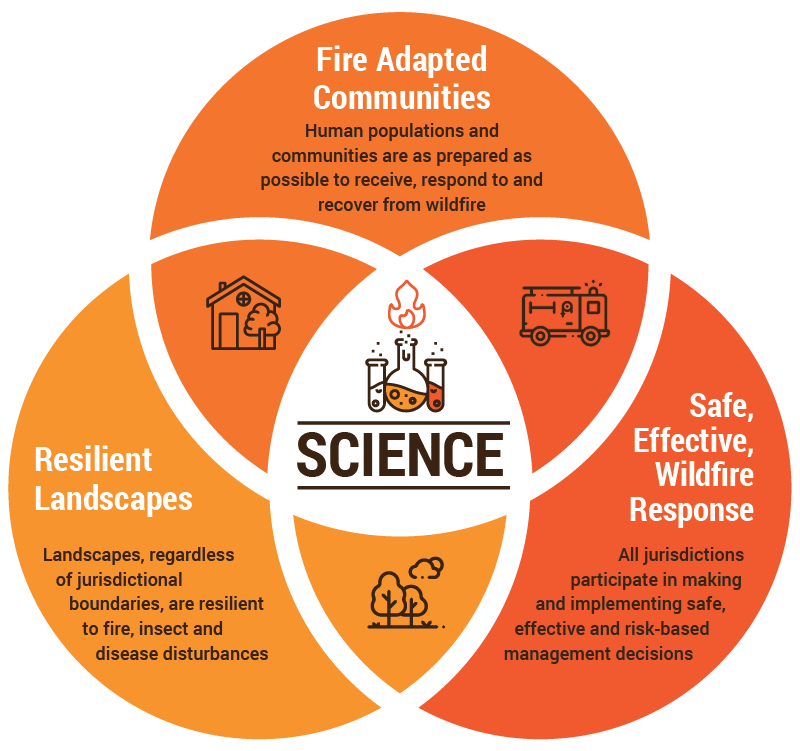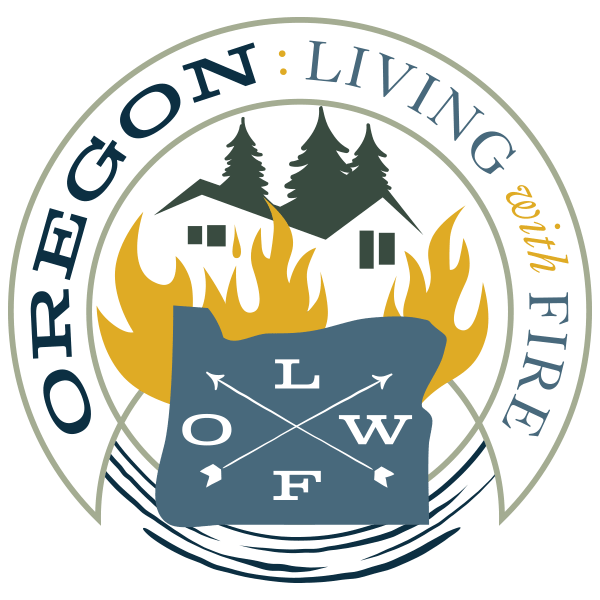definitions
A community that acknowledges and accepts their wildfire risk. They take action at all appropriate levels to move the community toward being more adapted to fire. Fire adaptation is viewed as a continuum, with communities moving toward fire adaptation through concerted collaborative effort including: CWPPs, Firewise™ communities, fuels treatments, the Ready, Set, Go™ program, and many more activities at the community level. Fire adaptation is a continuous process that requires annual renewal of efforts to be prepared and to keep fuels at reduced levels. Communities need technical and financial support to continue to move closer to a fire-adapted status.
Landscape resiliency has been defined in various ways, but at its core are sustainability and resistance to and recovery from disturbance. A more useful approach is to recognize that discussions about sustaining values and resiliency are contextual, that is, they vary from location to location and depend upon a host of local considerations, including both ecological and human dimensions.
An effective and safe collective response organization is essential. Response is the last line of defense and action, coming after fires have started and there is little recourse. Finding ways to contain large wildfires more efficiently is an ongoing and continuous struggle and an area of active research. Possible solutions generally include combinations of resources, organizational or administrative adjustments, and tactics. An additional avenue to improving efficiency is to match response efforts with other management options. For example, response personnel will find it easier to protect homes and communities when those same homeowners have proactively reduced hazards around their homes and prepared for wildfires.
The Cohesive Strategy is strategic framework, rooted in science, that guides stakeholders to work collaboratively in an All Hands, All Lands approach, to make meaningful reductions in risk and learn to live with wildland fire.

